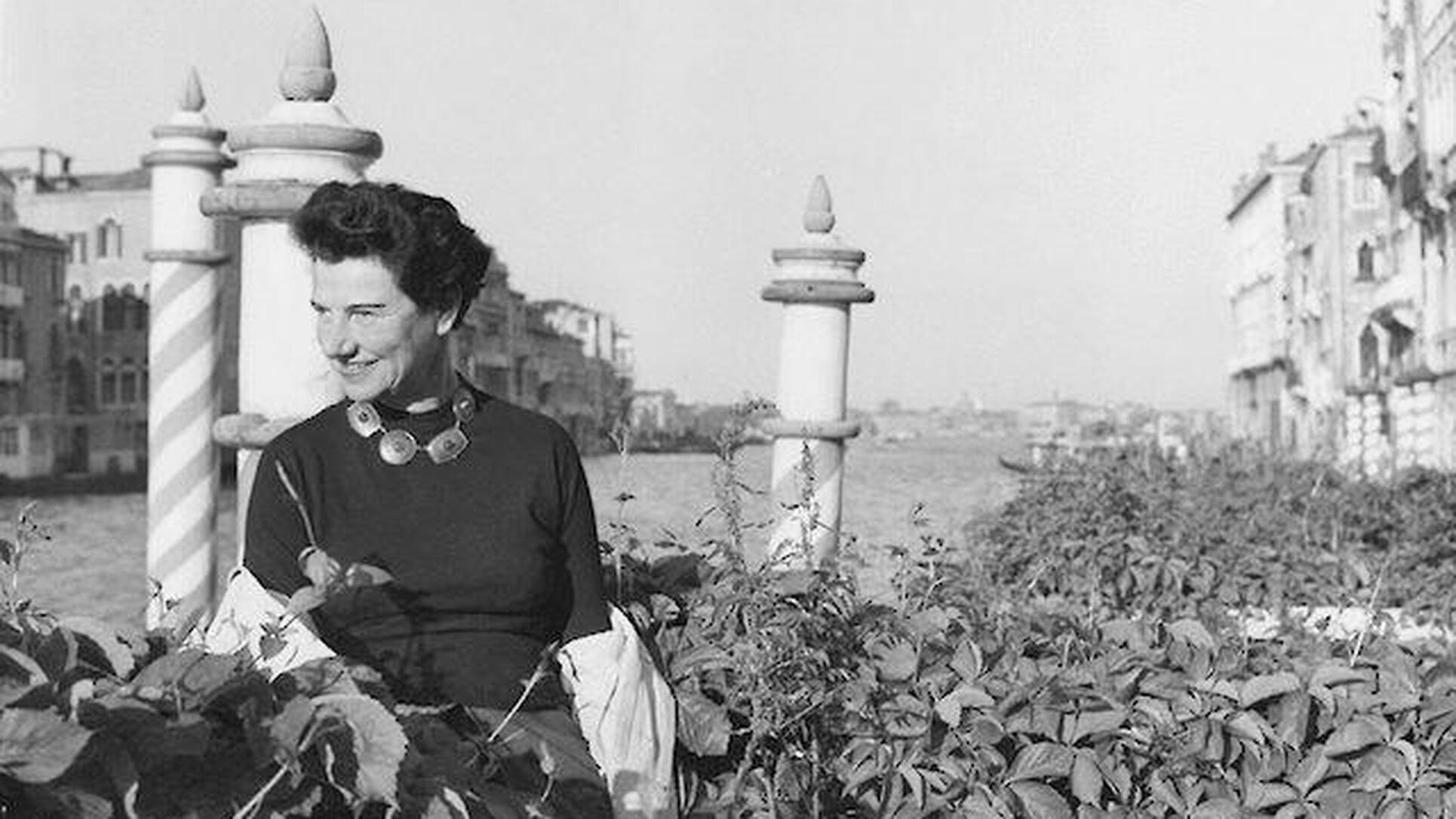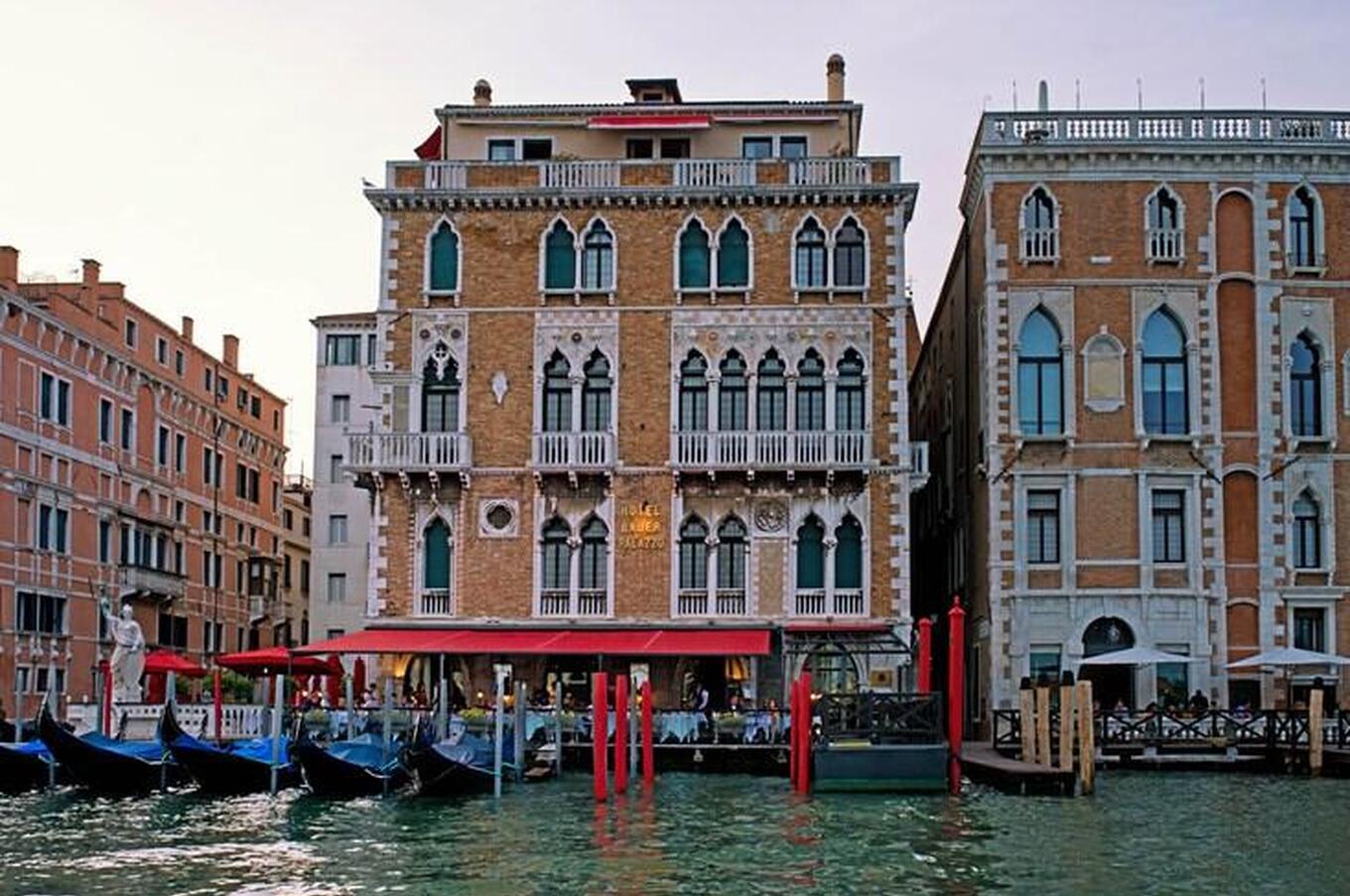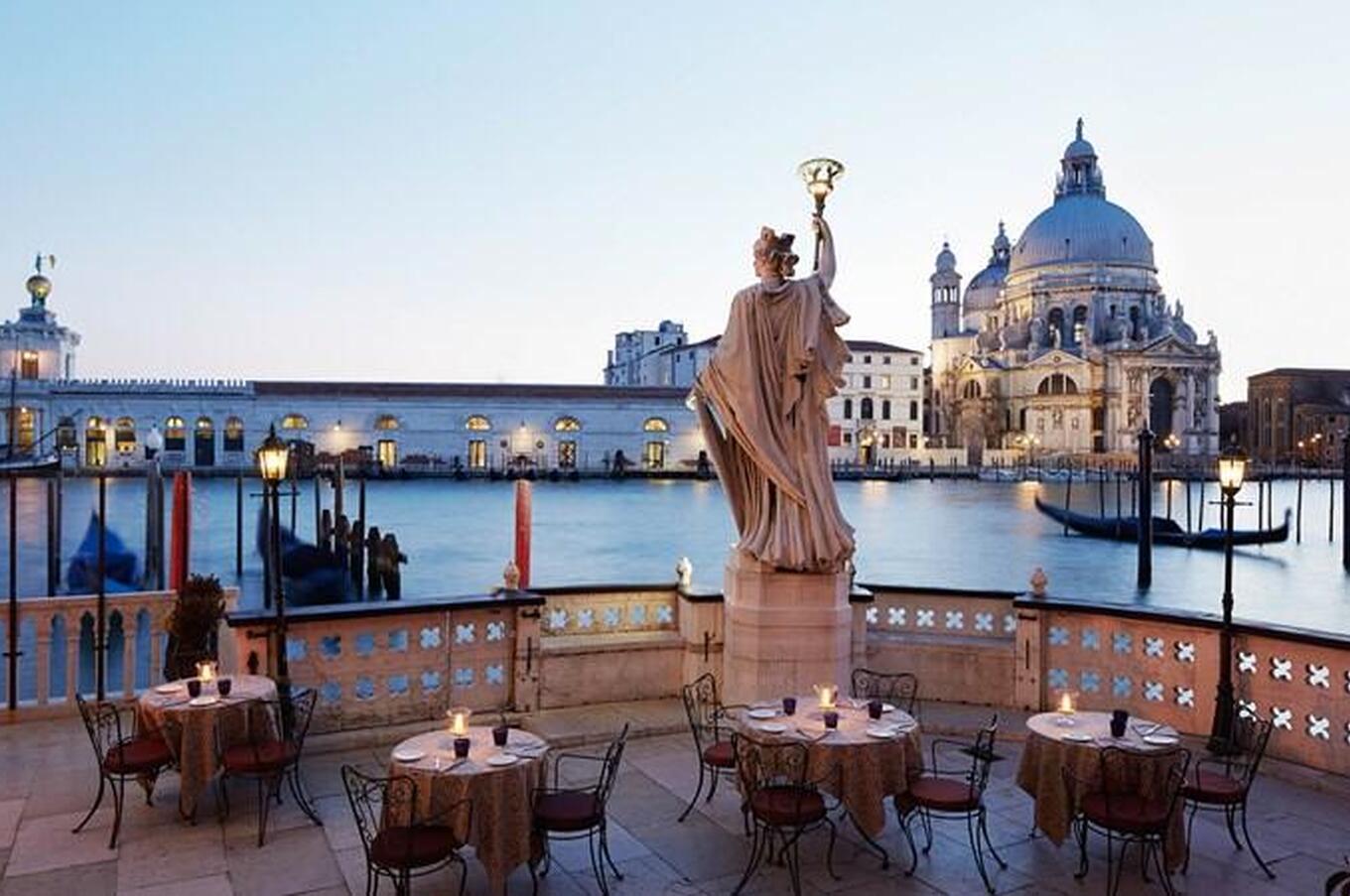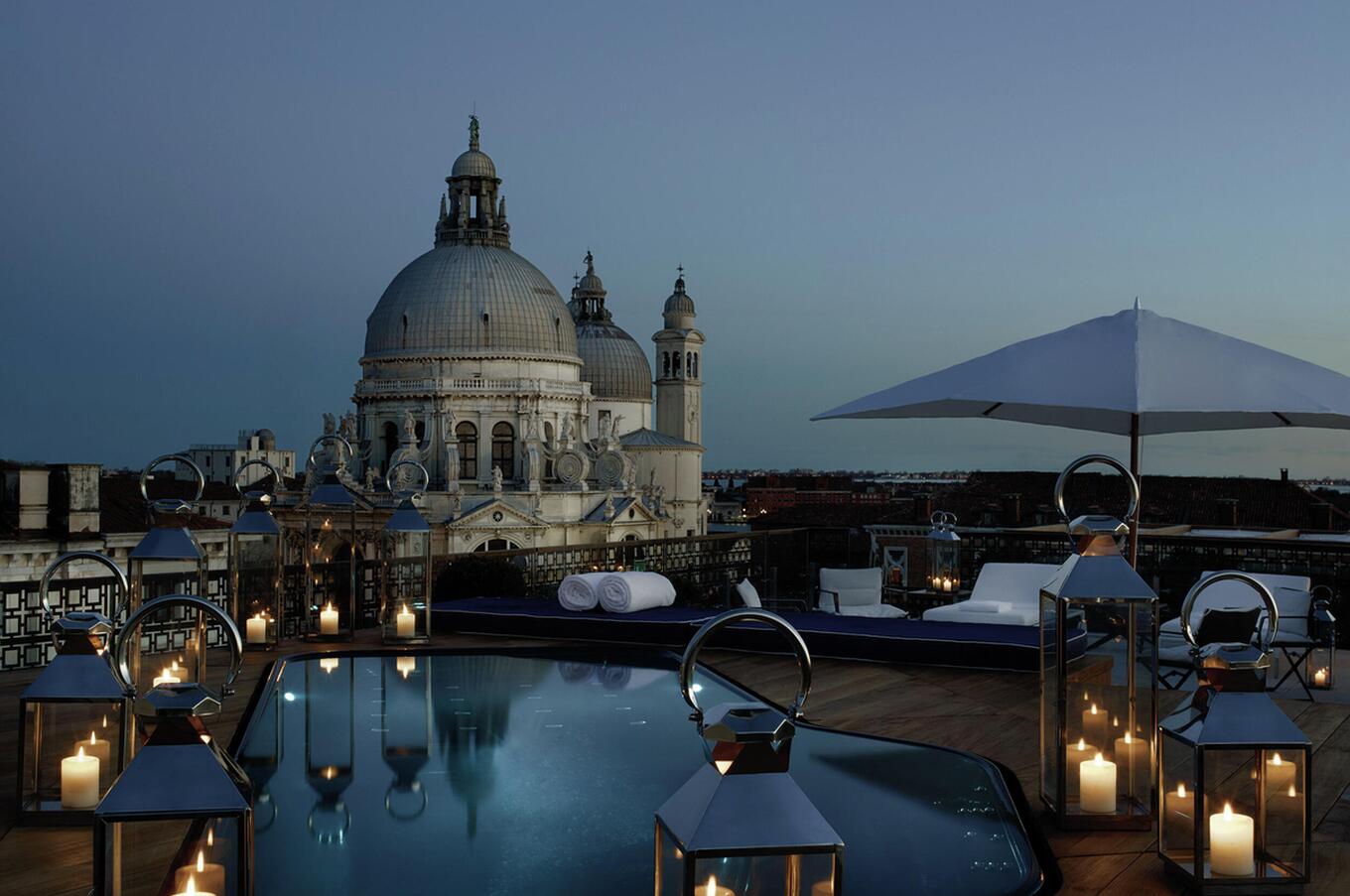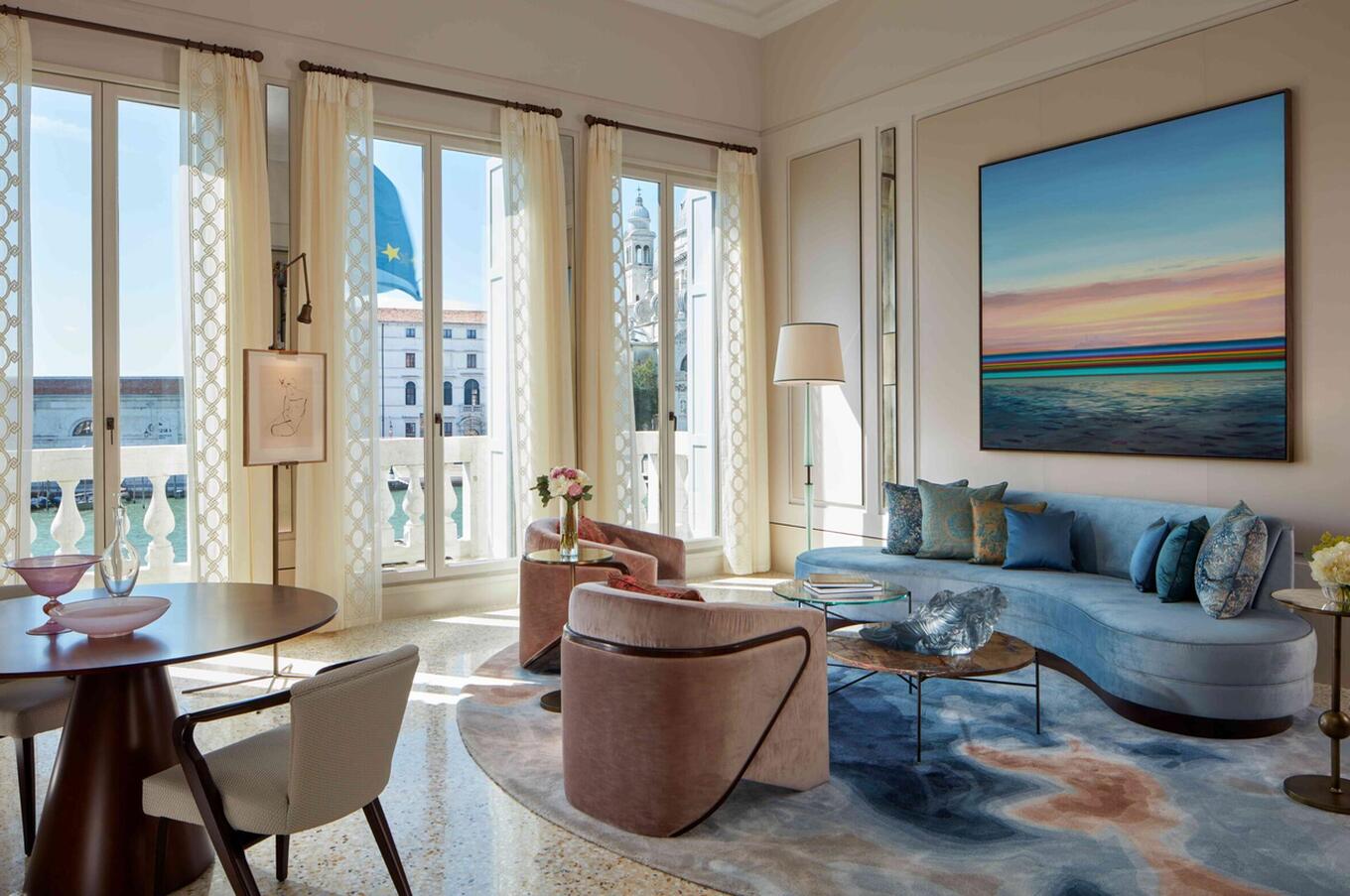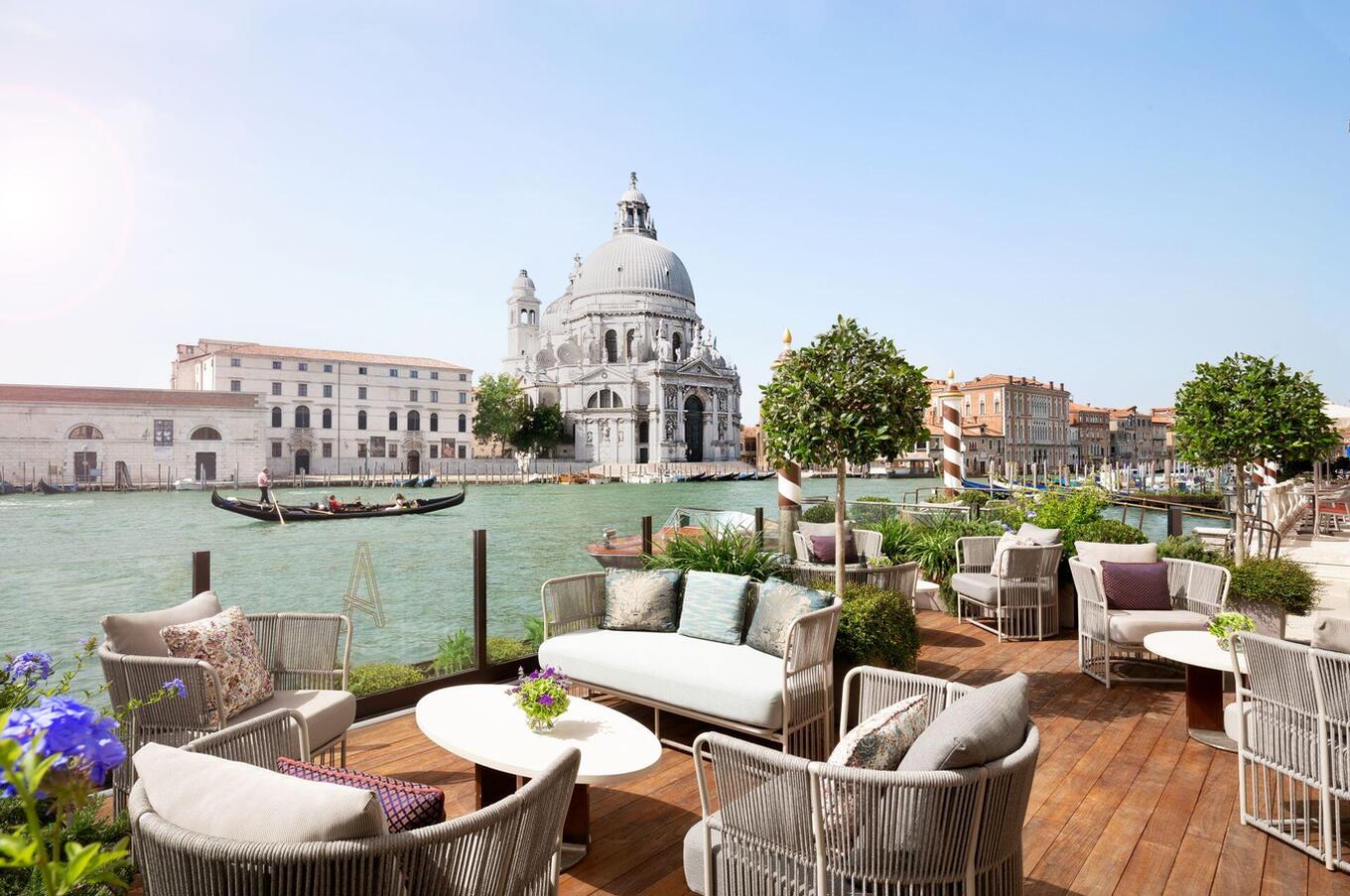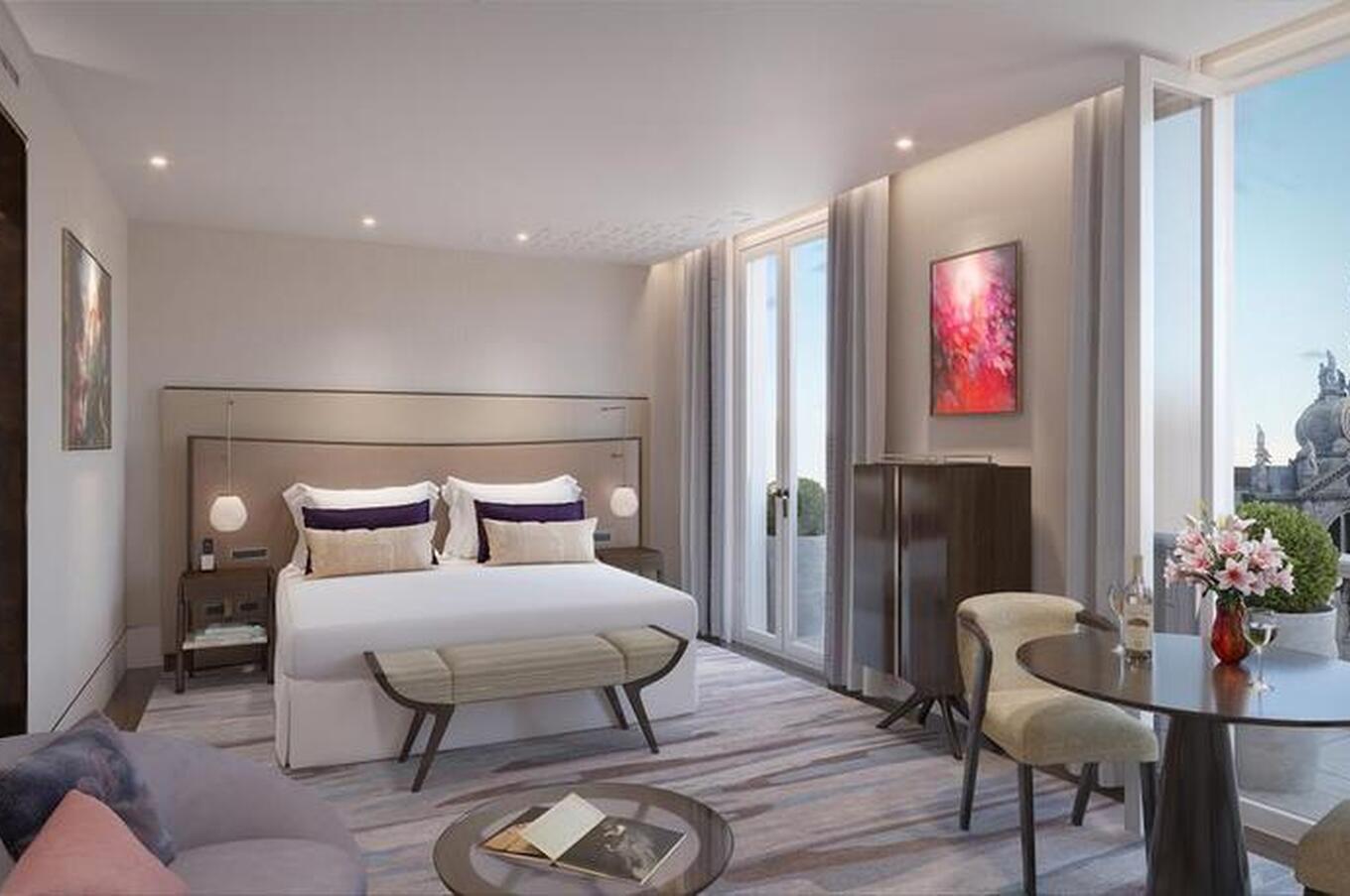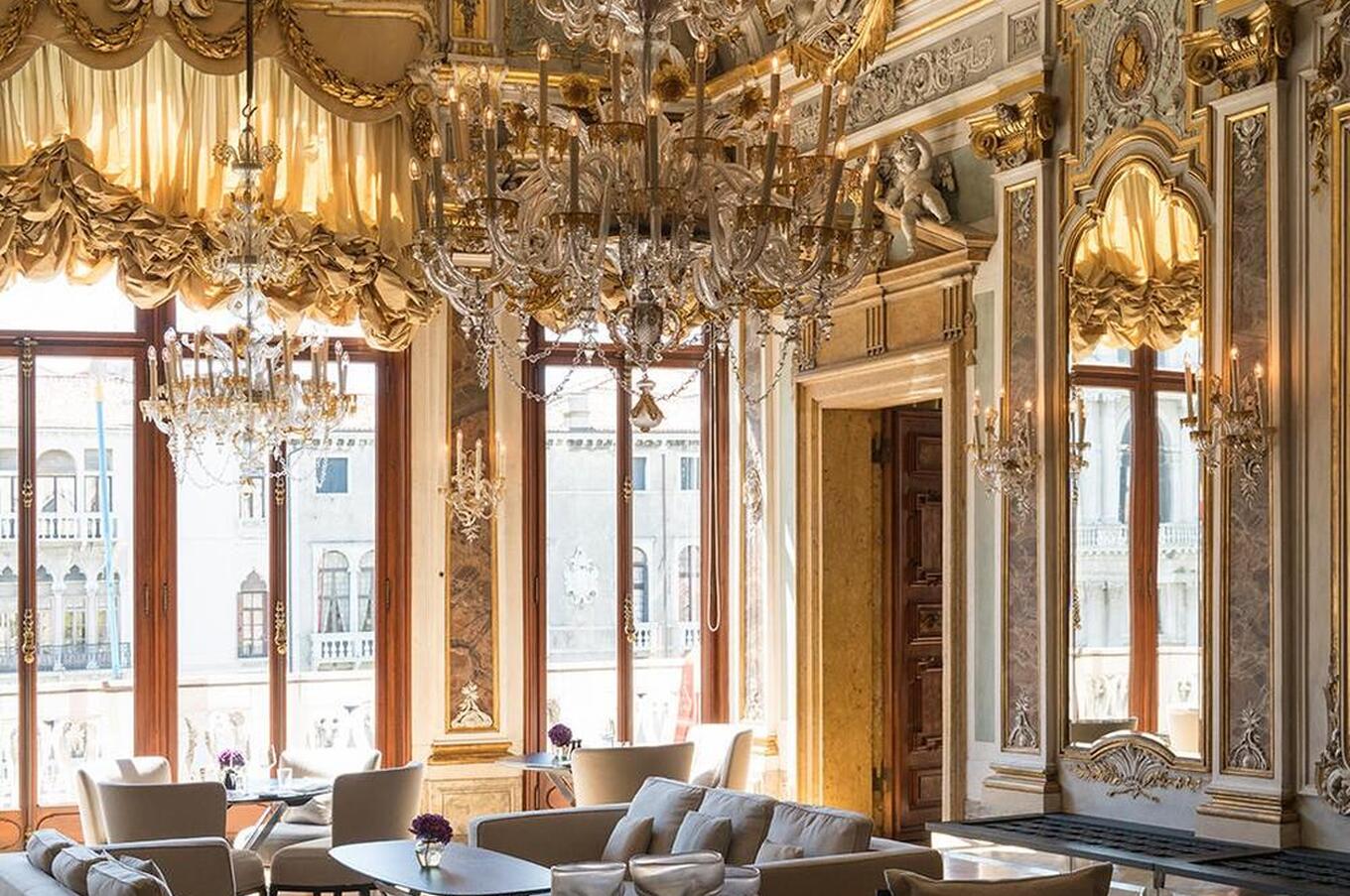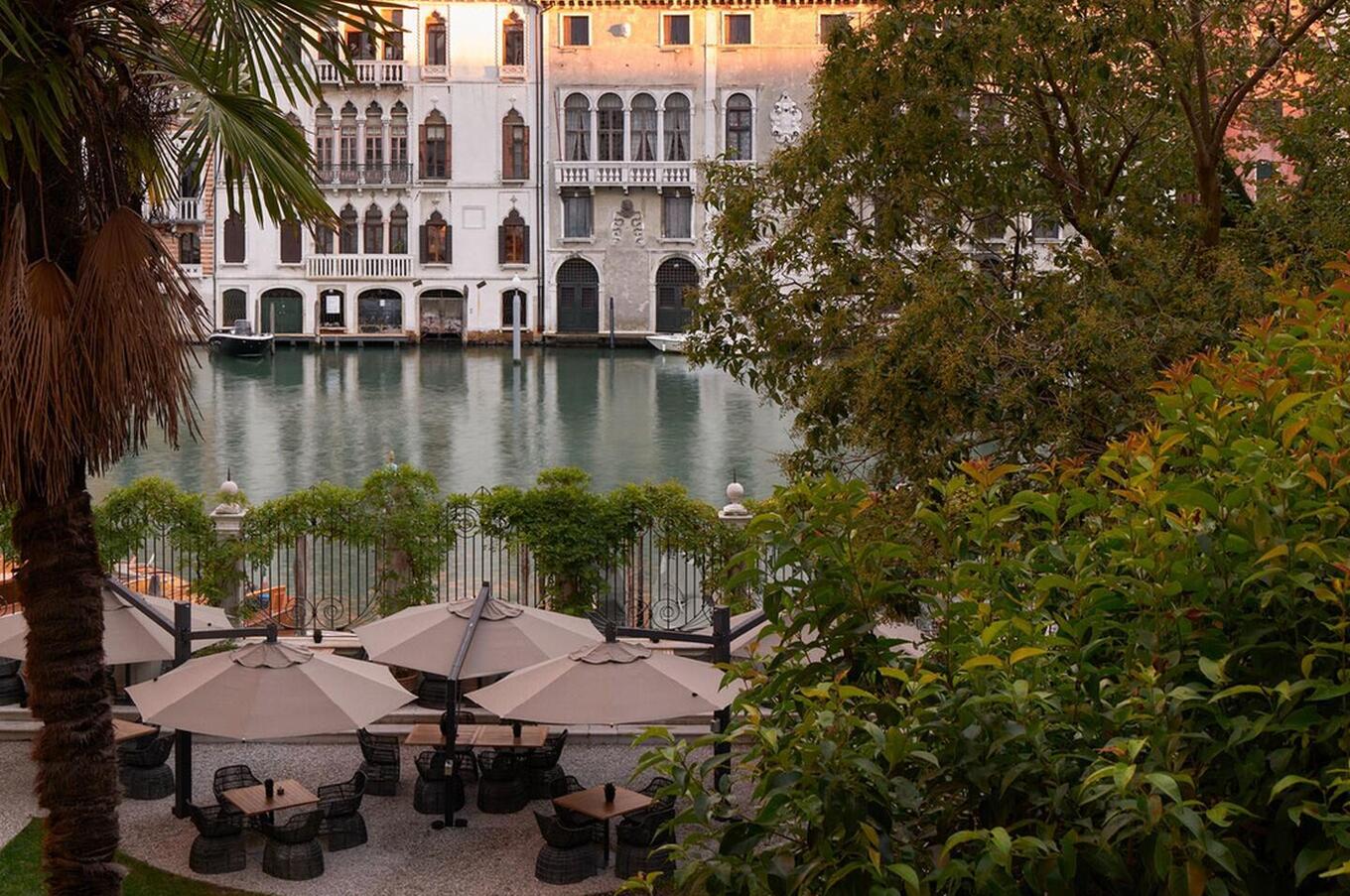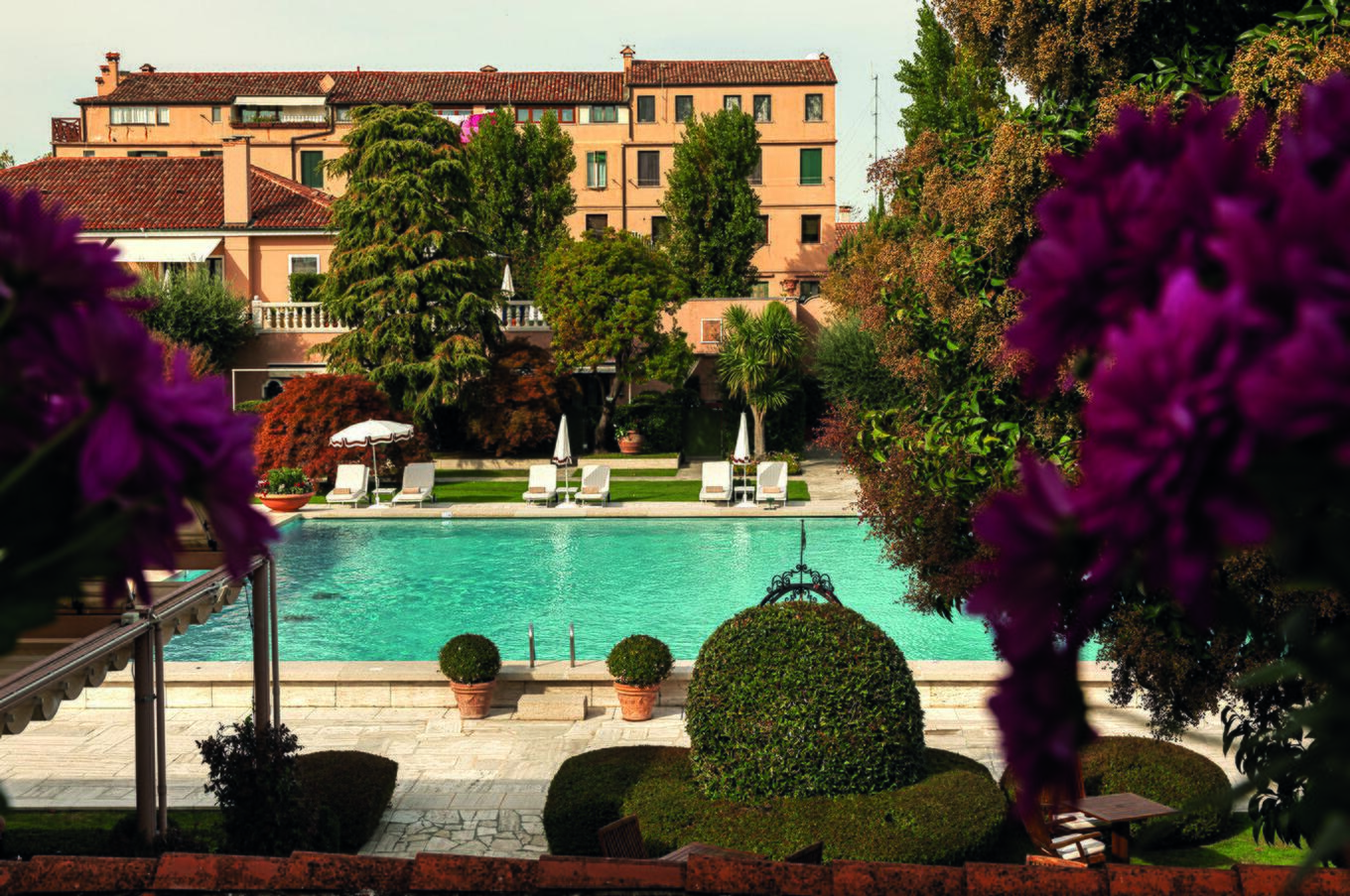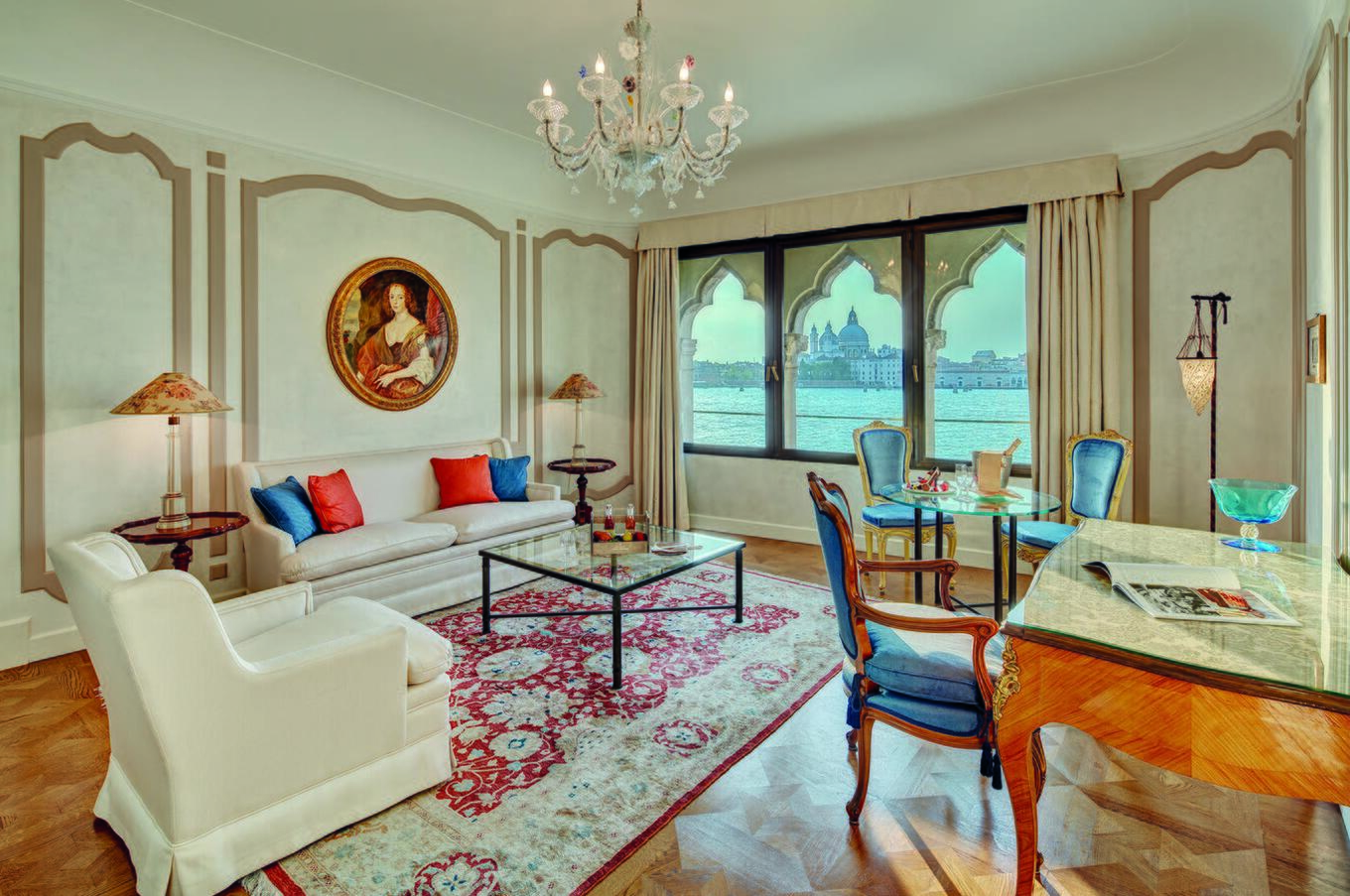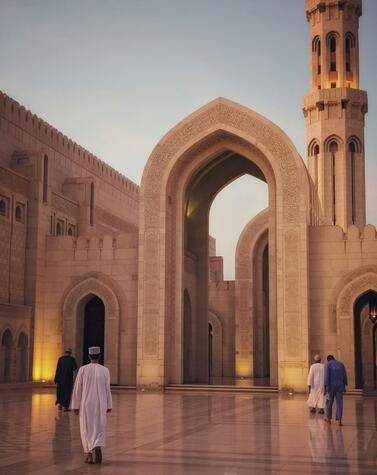Peggy Guggenheim, an American in Venice
The German writer, Goethe, defined Venetian gondolas as "coffin cradles floating down the great canal of life". For Lord Byron, Venice was "the delight of the world, the mask of Italy." Napoleon Bonaparte defined St. Mark's Square as "the greatest ballroom in the world". The truth is that this city, which breathes humidity, decadent beauty, and centuries of history, is photogenic in every corner and does not leave any tourist indifferent, regardless of it being their first or last visit.
One of the characteristics of any trip to Venice is the nostalgia that already invades you before the return. That need to retain what you see in your mind and soul, the colors and the unique play of light and shadows of the canals, streets, churches, "pozzi" and "sotoporteghi".
Venice, the Serenissima Republic, a cradle for centuries of a great empire of merchants and explorers, can only be reached by sea, traveling through its winding network of canals, the veins that keep the heart of this beautiful city pumping.

In the 18th and 19th centuries, it had already become an unmissable stop on the journeys of European nobles and intellectuals known as "Le Grand Tour", while in the 20th century, many artists found a home full of muses and inspiration in Venice.
This is the case of Peggy Guggenheim. Born in New York in 1898, her father, tycoon Benjamin Guggenheim, died in the sinking of the Titanic in 1912, leaving Peggy a fortune of 2.5 million dollars at the time which she inherited at the age of 21.
After finishing her studies, she traveled to Paris in 1920 where she first came into contact with the European avant-garde movement. From there, art would become her life's mission by collecting art, discovering renowned artists, organizing exhibitions and events, and opening different art galleries in Paris, England, and New York.
After a few years in New York with her partner Max Ernst, they separated, and Peggy closed her art gallery. At the age of 50, she decided to return to Europe, settling in Venice in 1948, one of her favorite cities, where she would remain for the rest of her life.


In Venice she bought the Palazzo Venier dei Leoni, overlooking the Grand Canal, which she shared with her servants, guests at her famous parties, and her eleven dogs. In 1951 she opened the doors of her "palazzo" to the public. Thus, for three evenings a week, the public could enter to see the collector's magnificent collection, with works that were even hung in the bathrooms. The palazzo's cellar was converted into an artist's studio for those who wanted to work there.
In 1962, Peggy was made an honorary citizen of Venice and could often be seen cruising the canals of Venice in her private gondola. She died in 1979, at the age of 81. She was buried in the garden of her Venetian mansion, near her beloved dogs.


She bequeathed her palazzo and her collection to the Guggenheim Foundation, on condition that the works of art would be kept together and exhibited in Venice. This palazzo, now the "Peggy Guggenheim Collection" museum, is open to the public and is one of the most important museums in Italy and one of the most important in Europe for European and American art from the first half of the 20th century, with works by Magritte, Picasso, Dalí, Pollock and Kandinsky, among other artists.
We could say that Peggy Guggenheim was a privileged woman, even just for being able to live in one of the most beautiful "avenues" in the world: the Grand Canal. But she was not the only one. A quiet and relaxing gondola ride along the Grand Canal allows you to contemplate true works of art in the form of palaces with sumptuous marble facades, Gothic windows, and a past full of history and legends.


The composer Richard Wagner spent his last years in the Palazzo Ca'Loredan Grimani Vendramin Calergi. Built in the 16th century by Andrea Loredan, it now houses the Wagner Museum and the Casino di Venezia.
It is said that Lord Byron stayed at the Palazzo Mocenigo during his stays in Venice where, between lover and lover, he was dedicated to swimming the Grand Canal daily.
Giacomo Casanova was the only one that managed to escape from the "piombi", the cold, damp, and dark prison that was the Palazzo Ducale, where he was serving his sentence accused of being in possession of a magical treaty forbidden by the Inquisition of the time. The escape took place on All Saints' Eve 1756 and he managed to escape thanks to the help of a monk.

Life in a "palazzo"
Venice is an ideal city for travelers who love art and history, where it is possible to contemplate works by famous historical painters in many churches, palaces, museums, and art galleries in the city. And, of course, the Biennale, which has been held every two years since 1895. There's nothing better than touring and getting lost in the maze of streets of this city staying in one of these palaces, now converted into some of the best and most exclusive luxury hotels in the world.
From the Gritti Palace Hotel to the Aman, located in the Palazzo Papadopoli, on the Grand Canal, the St.Regis, the Bauer Palazzo, or the classic Cipriani, on the island of Giudecca, these hotels allow us to live, for a few days, surrounded by architecture, art, brocades, views, beauty and the essence of the Venetian nobility of the past.
